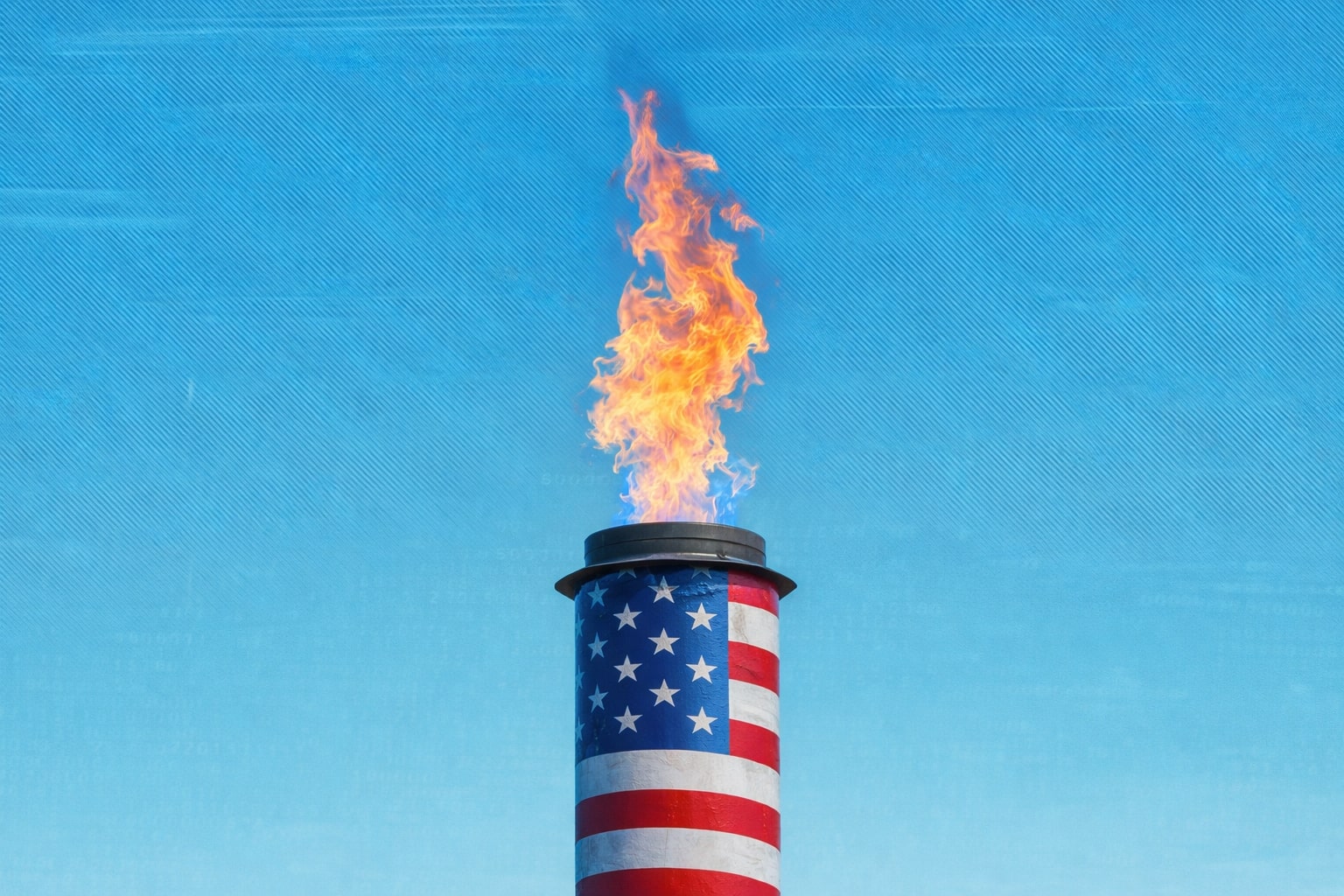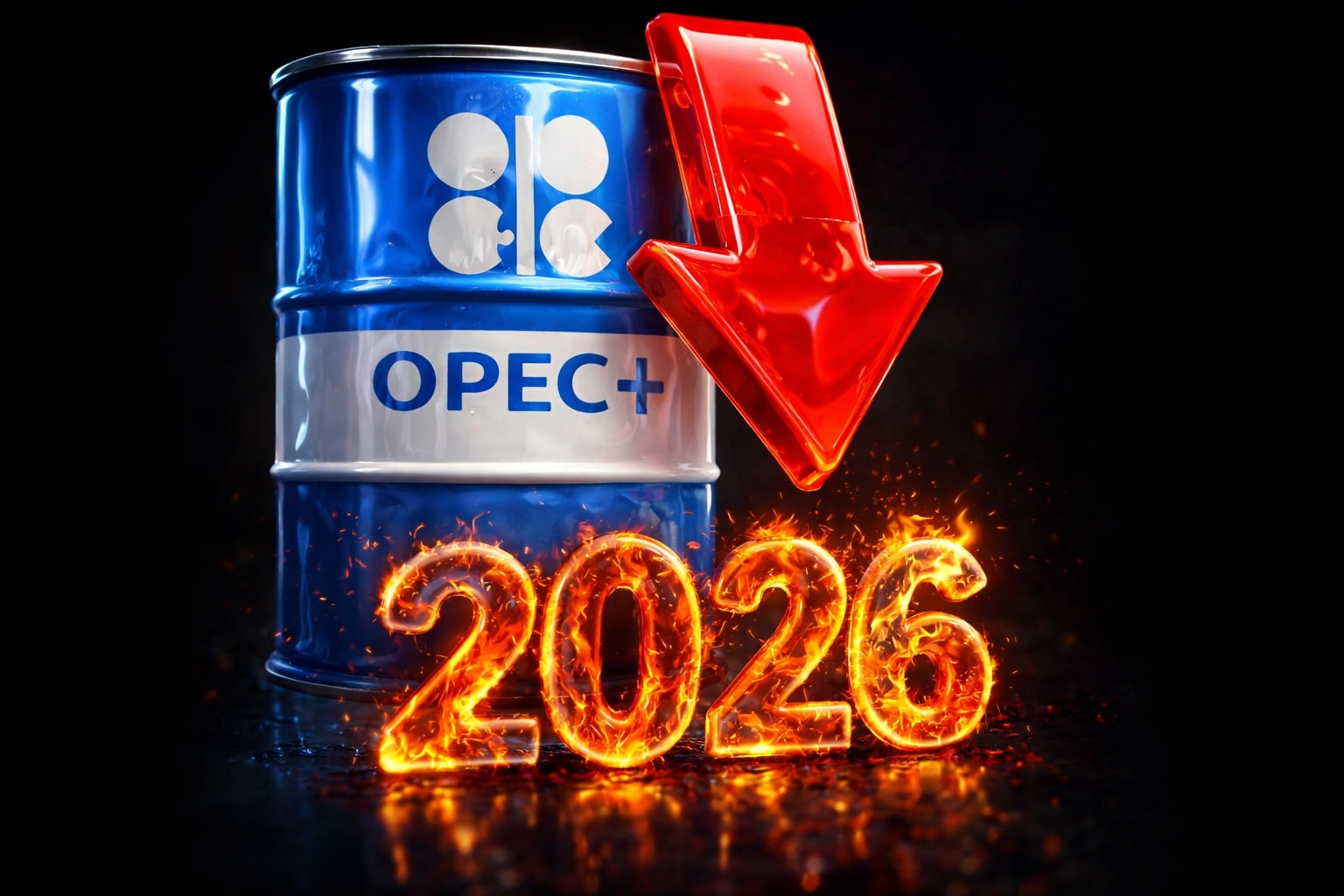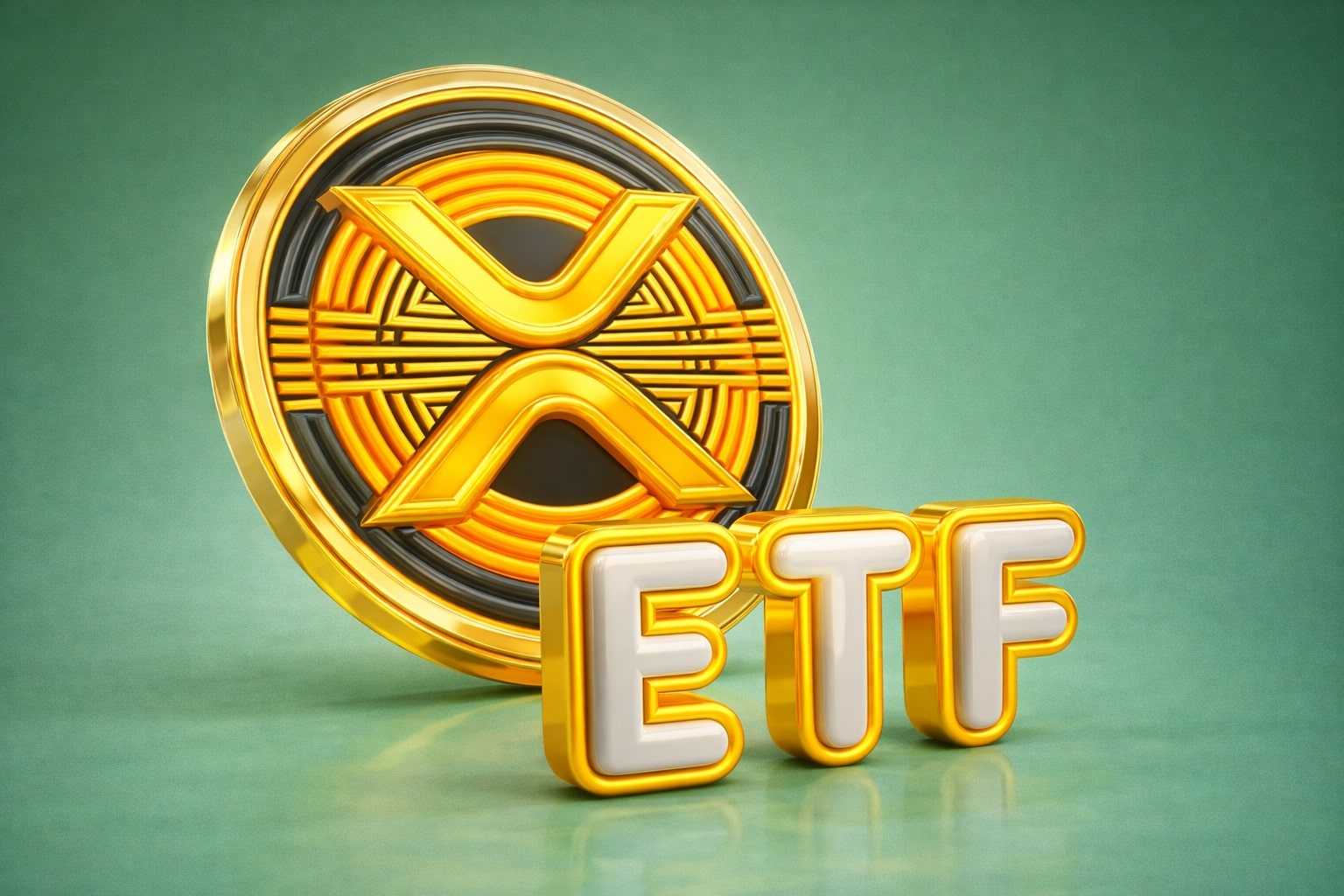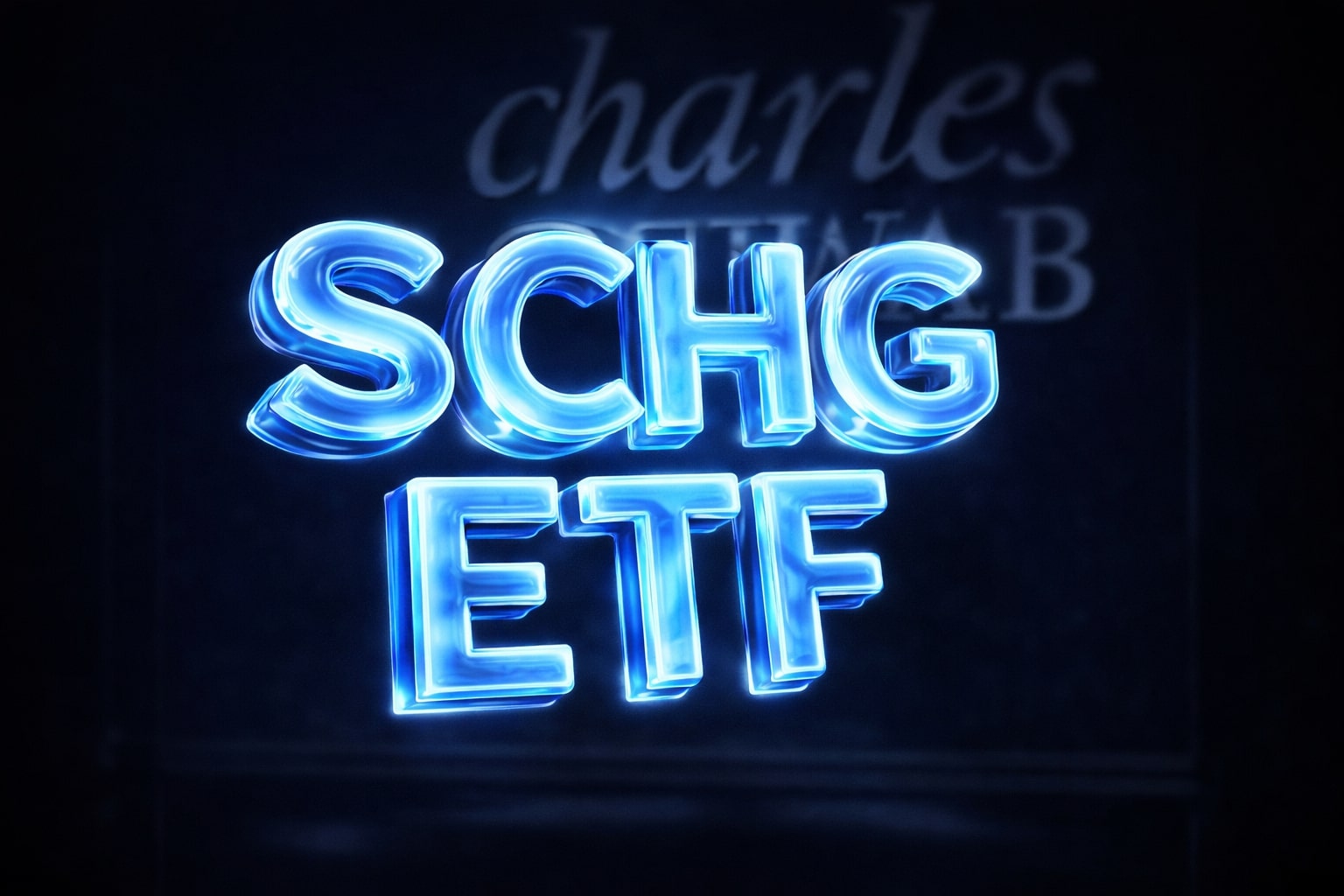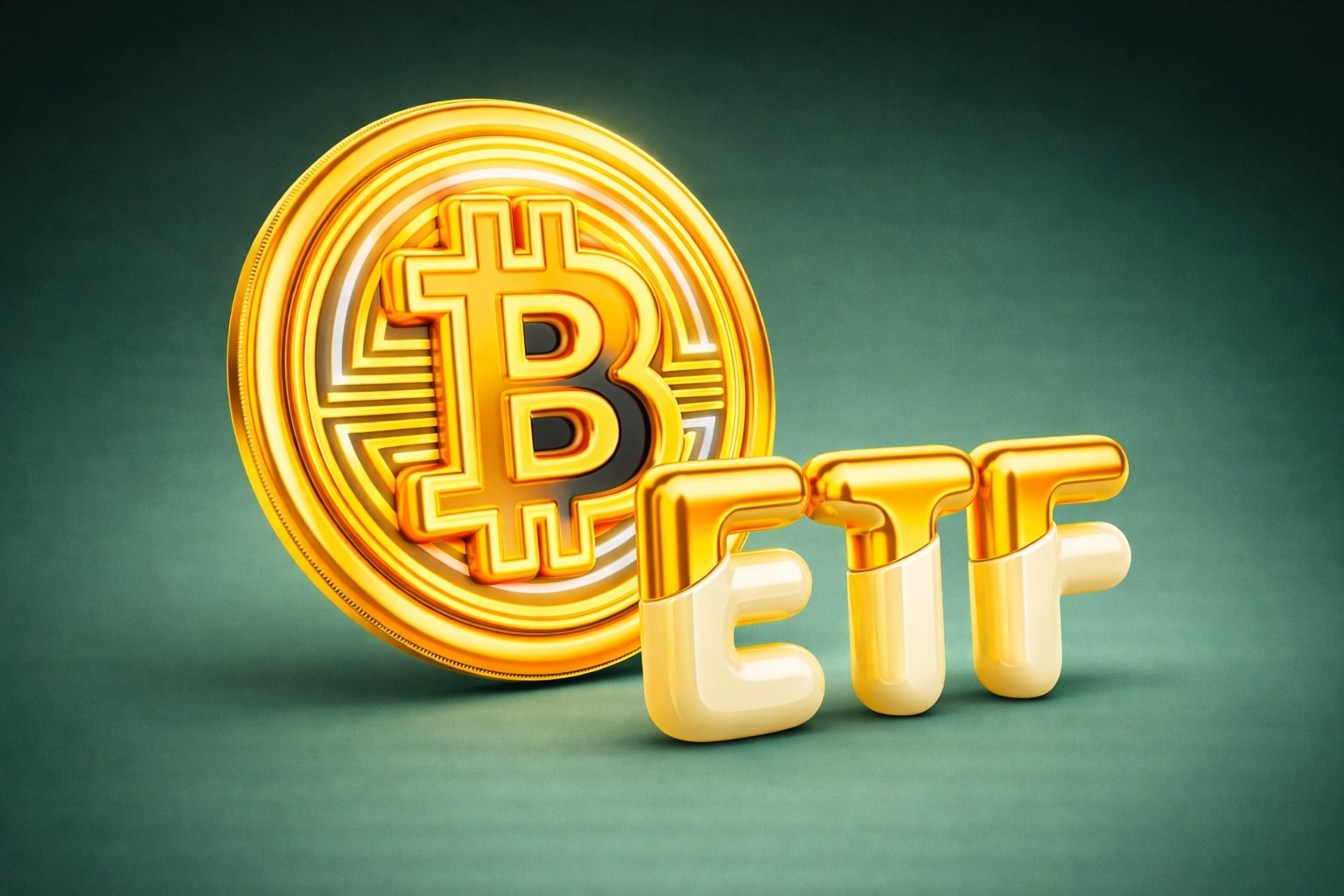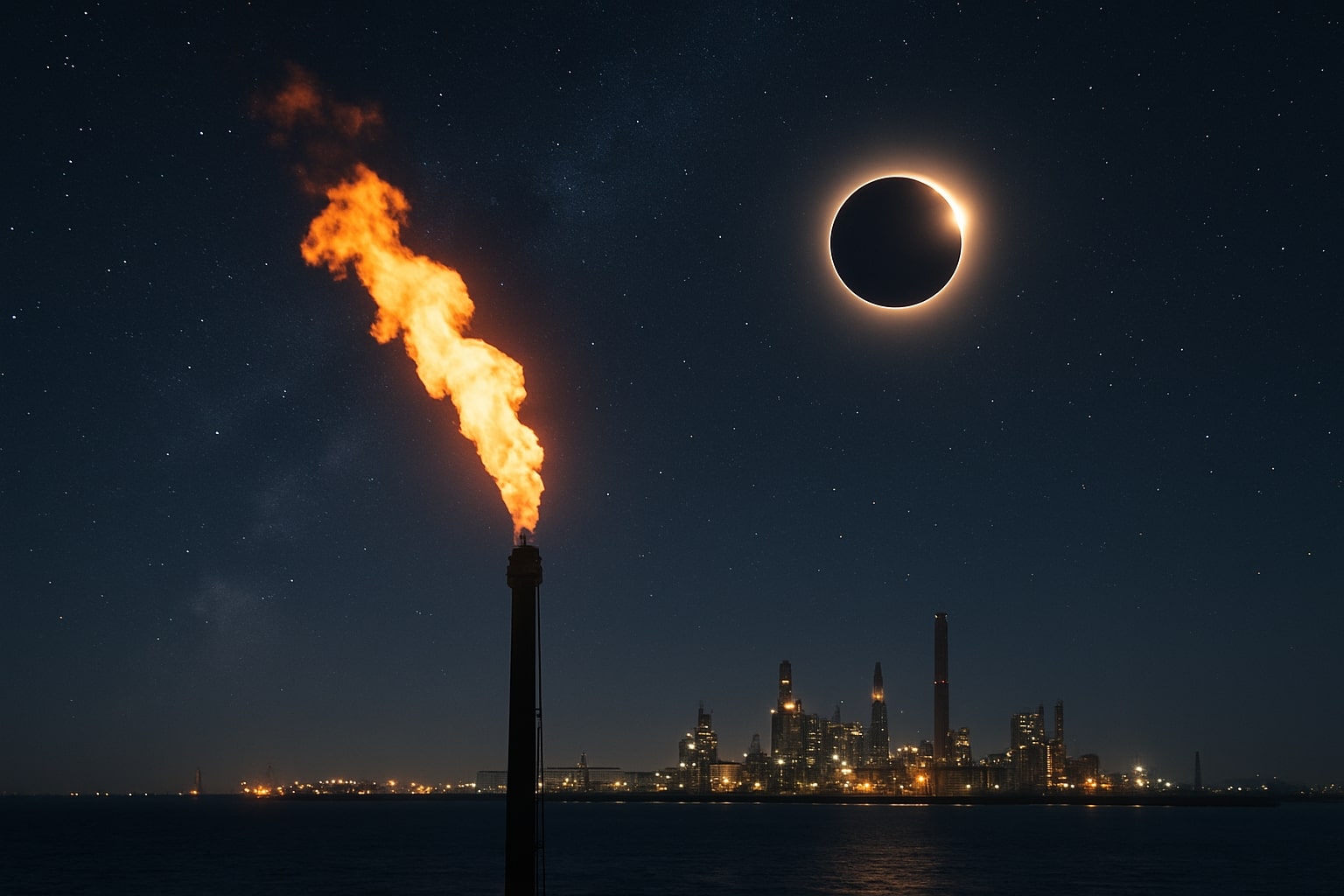
Natural Gas Price Forecast: NG=F Eyes $3.50 Amid Storage Deficit and European Risk
U.S. Natural Gas Storage Builds but Remains Tight vs Five-Year Average | That's TradingNEWS
Natural Gas (NG=F) Price Anchored at $3.07 as Storage, Weather, and European Inventories Shape Outlook
The natural gas market sits at a precarious juncture with Henry Hub benchmarks climbing to $3.07 per MMBtu, up 18 cents on the week, while futures on the NYMEX closed marginally lower at $3.542 per MMBtu after a volatile session. The U.S. Energy Information Administration reported an injection of 46 Bcf into storage, bringing inventories to 3,052 Bcf, a level 178 Bcf above the five-year average but 156 Bcf below last year. This duality—ample storage relative to seasonal norms but lagging year-over-year—underscores why traders remain cautious ahead of peak heating demand in Q4. Analysts argue that persistent heat across key U.S. consuming regions should slow the pace of injections, setting up tighter balances into winter.
European Inventories at Risk as Supply Constraints Intensify
Across the Atlantic, the natural gas story is starkly different. European storage sits at the lowest level since 2021, with inventories 16% below last year. This deficit stems not only from reduced imports but also weaker renewable generation, echoing the dynamics of the 2021–2022 crisis. Europe now relies on Norway and the U.S. for roughly half its imports after cutting Russian flows, but Norwegian gas output is forecast to shrink by 12% by 2030. U.S. output, meanwhile, is expected to plateau through 2026 according to EIA forecasts. These constraints elevate the risk that a cold winter or another renewable generation shortfall could trigger a repeat of the 2022-style price surge, forcing Europe to bid up LNG cargoes in competition with Asia.
NG=F Technicals: Resistance, Support, and Speculative Positioning
Technically, NG=F is trading in a fragile upward channel. Immediate support sits at $3.00, with stronger downside risk if prices close below $2.84, the 50-period EMA. Resistance is clustered at $3.20–$3.25, where repeated failures since early August have capped rallies. Futures open interest has contracted sharply, falling from $10.94 billion in late July to $7.4 billion, highlighting declining retail participation. However, funding rates remain positive at 0.0083%, signaling leveraged long bets persist. This divergence suggests natural gas is vulnerable to sharp swings—an OI contraction limiting bullish momentum, but a positive funding structure leaving the door open to upside spikes.
Equinor (NYSE:EQNR) and European Exposure to Gas Volatility
Equinor, Europe’s largest natural gas provider, is uniquely positioned in this environment. First-half 2025 net income slipped 13% to $3.95 billion, mirroring oil price declines, but upstream output leaned increasingly toward gas. Equinor maintains a forward P/E of just 8, well below peers like Chevron at 20, and has committed to $5 billion in share buybacks—about 8% of its $63 billion market cap. With dividends significantly above industry averages, Equinor’s equity serves as a leveraged play on any European gas crisis. If inventories tighten further, EQNR’s stock could mirror the 2021–2022 doubling in share price, while buybacks mitigate downside. Yet, exposure to renewables remains a drag: losses of $72 million in Q2 from offshore wind reflect the cost pressures tied to diversifying away from hydrocarbons.
Natural Gas Services Group (NYSE:NGS) Insider Activity and Buyback Plans
On the U.S. side, midstream and service companies provide another angle. Natural Gas Services Group (NYSE:NGS) recently announced a $6 million buyback program after reporting Q2 EPS of $0.41, beating estimates by $0.09 on revenue of $41.38 million. Net margins of 10.92% and ROE of 7.21% confirm operational strength in a volatile environment. Institutional ownership stands at 65.62%, with hedge funds like Rice Hall James and Associates boosting stakes. Insider transactions add intrigue: Director Jean K. Holley purchased 3,752 shares at $26.58—a 92.69% increase in personal holdings—while Director Stephen Taylor sold 10,000 shares at $27.00, reducing his stake to 403,334 shares. This mixed insider flow reflects both board confidence in undervaluation and some profit-taking after a run toward $29.74, the 12-month high. With shares currently at $27.11, analysts maintain a consensus buy rating and a $32.50 price target.
Read More
-
SCHG ETF Near $33 High As AI Giants Drive 19% 2025 Rally
01.01.2026 · TradingNEWS ArchiveStocks
-
XRP-USD Stuck At $1.87 As XRPI Near $10.57 And XRPR Around $14.98 Despite $1.16B ETF Wave
01.01.2026 · TradingNEWS ArchiveCrypto
-
Natural Gas Price Forecast - NG=F Slides Toward Key $3.57 Support As Ng=F Extends 33% Drop
01.01.2026 · TradingNEWS ArchiveCommodities
-
USD/JPY Price Forecast - Yen Near 156 As Fed Cuts Meet Boj Hawkish Turn
01.01.2026 · TradingNEWS ArchiveForex
Macro Backdrop: U.S. Exports, Demand Destruction, and Weather Risks
U.S. exports remain a critical balancing force, with LNG flows increasingly tied to Europe’s shortfall. Yet, domestic demand destruction is evident. Industrial and residential consumption has been suppressed by higher prices, with households reducing winter heating and summer cooling. This dynamic puts a ceiling on how high prices can sustainably move without provoking another wave of demand erosion. Meanwhile, weather models remain the largest unknown. A repeat of the weak renewable output that crippled Europe in 2024 could send NG=F above $5.00 per MMBtu, while a mild winter would keep balances comfortable around $3.00–$3.25.
Verdict: Natural Gas Outlook – NG=F Buy, Hold, or Sell?
With NG=F at $3.07, European inventories at risk, and U.S. storage only modestly above seasonal averages, the setup leans bullish into winter. Technical charts highlight resistance at $3.25 and then $3.50, while institutional accumulation of gas-focused equities like EQNR and NGS confirms positioning for upside. Insider buying in NGS and Equinor’s aggressive buybacks strengthen that thesis. However, falling open interest warns that speculative appetite is thinning, and any mild weather shock could unwind gains rapidly. On balance, natural gas remains a buy into Q4 volatility, with tactical stops placed below $2.80 to hedge against an inventory-driven downturn.














